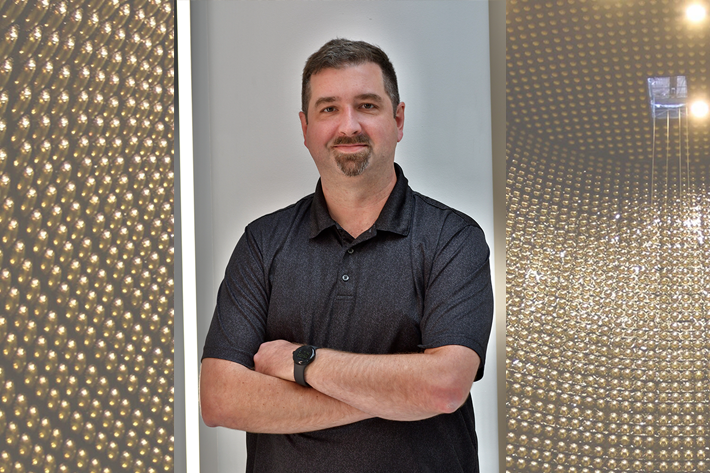Events
Events Calendar
Women in Astronomy and Physics Lecture Series (WAPHLS): Ana Maria Rey, University of Colorado, Boulder
Tuesday, April 19, 2022, 4:30 p.m. through Tuesday, April 19, 2022, 5:30 p.m.
via zoom
Abstract: Harnessing the behavior of complex systems is at the heart of quantum technologies. Precisely engineered ultracold gases are emerging as a powerful tool for this task. In this talk I will explain how ultracold strontium atoms trapped by light can be used to create optical lattice clocks – the most precise timekeepers ever imagined. I am going to explain why these clocks are not only fascinating, but of crucial importance since they can help us to answer cutting-edge questions about complex many-body phenomena and magnetism, to unravel big mysteries of our universe and to build the next generation of quantum technologies.
Colloquium: The Genesis of the CPT Theorem
Thursday, April 14, 2022, 3:35 p.m. through Thursday, April 14, 2022, 4:35 p.m.
Remote only (via zoom)
Abstract: The CPT theorem is a well-known and well-established fundamental result in relativistic quantum field theory (QFT), stating that any such theory will be invariant under a sequence of transformations consisting of time reversal (T), spatial inversion (P), and charge conjugation (C). In my talk I will show how this combined transformation arose in the work of Julian Schwinger, Gerhart Lüders, Wolfgang Pauli and John Bell, in particular in the search for an adequate relativistic and field-theoretic generalization of the notion of time reversal in the early 1950s. I will thus aim to explain the surprising fact that the CPT theorem was first proved a couple of years before taking center stage with the discovery of parity violation in 1957. (Based on joint work with Andrés Martínez de Velasco.)
SPA Graduate Student Mental Health and Wellness Survey
Monday, April 11, 2022, 3:35 p.m. through Monday, April 11, 2022, 4:35 p.m.
PAN 110/Remote Option via Zoom
At the request of the Climate and Diversity Committee, a survey on mental health and wellness was administered this winter to graduate students in the School of Physics and Astronomy. The survey was administered by Boynton Health Services in partnership with the Council of Graduate Students' (COGS) and Professional Student Government (PSG) Mental Health & Wellness Committee. More than a dozen other departments have participated in this survey project since it was first developed in 2013 in cooperation with the Chemistry Department. This is the second time we have participated in this survey; the last time was in 2018.
The goal is to assess the state of mental health and wellness among graduate and professional students, including risk and protective factors. Following completion of the survey, each participating School holds a meeting of graduate students,faculty, and staff in which Dr. Lust (Epidemiology and Community Health) shares the results of the survey. This year we will follow the roughly 30-minute presentation with breakout sessions facilitated by members of the Climate and Diversity Committee where we will explore the implications of the findings and how they might be addressed by follow-up actions. All this will happen in person in the various conference rooms with refreshments served. An online option is also available.
Colloquium: Physics of Morphogenetic Matter
Thursday, April 7, 2022, 3:35 p.m. through Thursday, April 7, 2022, 4:35 p.m.
My lab studies how the movement and shape of living cells is controlled by the dynamic biomolecular assemblies within the cell interior. In this talk, I will describe my lab’s recent efforts to understand the design principles of the active, soft materials that control the shape and motion of adherent cells. In particular, we are interested in the design principles by which protein-based materials generate, relax, sense, and adapt to mechanical force. Here I will describe our current experimental efforts using optogenetic approaches to elucidate design principles of living matter.
Colloquium - Black and Gold: Capturing Neutron Star Mergers from the Ground and Space
Thursday, March 31, 2022, 3:35 p.m. through Thursday, March 31, 2022, 4:35 p.m.
B50/with remote option
Neutron star binary mergers are powerful and distinctive sources of gravitational waves but also leave behind broadband electromagnetic radiation in the form of gamma-ray bursts, afterglows, and kilonovae. Multimessenger observations of them can be remarkably illuminating in topics from fundamental physics to cosmology to nucleosynthesis. To date, LIGO and Virgo have detected several neutron star mergers, one with an exceptionally bright and well-studied electromagnetic counterpart. Electromagnetic follow-up of gravitational-wave sources is highly rewarding but also highly challenging because telescopes may have only hours to scan over the LIGO/Virgo/KAGRA localization before the blast reddens and fades beyond detectability. I will discuss several interconnected topics related to observing neutron star mergers from the ground and space: ground-based kilonova searches with the Zwicky Transient Facility, a proposed NASA mission for rapid ultraviolet observations of mergers, next-generation algorithms and software to optimally coordinate follow-up with networks of telescopes, and what to expect from the upcoming observing run of LIGO, Virgo, and KAGRA.
Here's the link to sign up to meet with him.
Colloquium: From Flash Gordon to Laser Surgery
Thursday, March 24, 2022, 3:35 p.m. through Thursday, March 24, 2022, 4:34 p.m.
B50/with remote option
As a child, I was fascinated by television programs about Flash Gordon. His partner in conquering the universe was Dr. Alexis Zarkov, a physicist, who had invented, among other things, a death ray gun. In my senior year of high school, I had a fabulous physics teacher, Lewis E. Love, and I knew after one week that I wanted to be a physicist, not a medical doctor, which is the career my parents wanted me to pursue.
In the late 1970s I had the inspiration to acquire an excimer laser for the Laser Physics and Chemistry group at IBM. Using this laser, my colleagues and I discovered excimer laser surgery, capable of removing human and animal tissue with great precision, while leaving the underlying and adjacent tissue free of collateral damage. This discovery laid the foundation for the laser refractive surgical procedures of PRK and LASIK, which have been used to improve the visual acuity of >50 million people, including my son Keith, General Mark Milley, and Michelle Obama.
Today, I am working on validating my concept that the argon fluoride excimer laser can serve as a “smart scalpel,” capable of debriding necrotic lesions of the skin without damaging the underlying and adjacent viable tissue, leading to faster healing, reduced pain, reduced probability of infection, and minimal scarring.
I will describe these innovations and the path to their discovery.
To quote Louis Pasteur, “Chance favors the prepared mind!”
MIFA Public Lecture: Comets: The Rosetta Stone of the Solar System
Tuesday, March 22, 2022, 7 p.m.
Registration link for Zoom
Comets: The Rosetta Stone of the Solar System
Join the Minnesota Institute for Astrophysics for our upcoming Public Lecture Series. Professor Robert Gehrz will be describing the origin of comets and their relationship to the formation and evolution of the solar system.
Colloquium: Geoffrey West, Santa Fe Institute
Thursday, March 17, 2022, 3:35 p.m. through Thursday, March 17, 2022, 4:35 p.m.
via zoom
Abstract: Why do we stop growing, live for 100 years and sleep 8 hours a day? Why do all companies and people die whereas cities keep growing and the pace of life continues to accelerate. And how are these related to innovation, wealth creation social networks, urbanization and the long-term sustainability of the planet? These are among the questions that will be addressed in this lecture. Although life is probably the most complex and diverse phenomenon in the Universe, many of its fundamental characteristics scale with size in a surprisingly simple, universal fashion: metabolic rate, for example, scales systematically from cells to whales, while time-scales from lifespans to growth-rates, and sizes from genome lengths to tree heights, do likewise. Remarkably, cities, companies and universities exhibit similar systematic scaling: wages, profits, patents, crime, disease, and roads all scale approximately universally. The origin of these laws will be explained and a conceptual framework based on generic principles of the underlying networks that sustain life from circulatory systems to social networks will be presented. Their dynamics, which transcend history, geography and culture, have dramatic implications for growth and long-term global sustainability and collapse.
Physics Elevator Pitch Talk
Wednesday, March 9, 2022, 11 a.m. through Wednesday, March 9, 2022, Noon
PAN 110
This program is designed to prepare its attendees to briefly describe their research in a way that will capture the attention of other colleagues. This program is open to anyone who wishes to improve on how they advertise their research, or anyone who wants to help out. Participants will improve on how they market their research by practicing their elevator pitch, incorporating feedback, and listening to others to see what wording works best.
Women in Physics and Astronomy Lecture Series: Premi Chandra -- Rutgers University
Tuesday, March 8, 2022, 4:30 p.m. through Tuesday, March 8, 2022, 5:30 p.m.
Online via Zoom
Professor Premala (“Premi”) Chandra of Rutgers University in New Jersey is a theoretical physicist who has pursued her research in both academic and industrial settings. Premi does “blue sky” research on problems inspired by experimental puzzles observed in materials. In her more applied work, she has designed and patented a novel computer memory suitable for high-density information storage, and has also worked on layered nanostructures towards developing lead-free transducers. Premi is fascinated by rich phases of quantum matter that emerge from the confluence of quantum mechanics and complexity. In her talk “The Inner Universe of Quantum Materials” Premi will present quantum materials as tunable Universes whose behavior can be studied under extreme conditions with far-reaching technological and conceptual implications.
School News
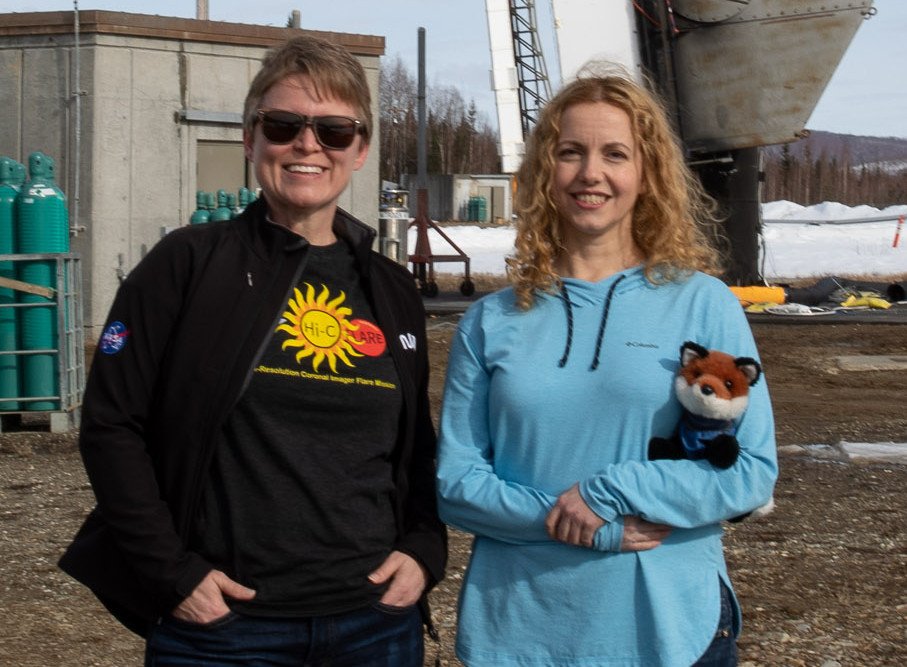
Glesener part of NASA's first solar flare observation campaign
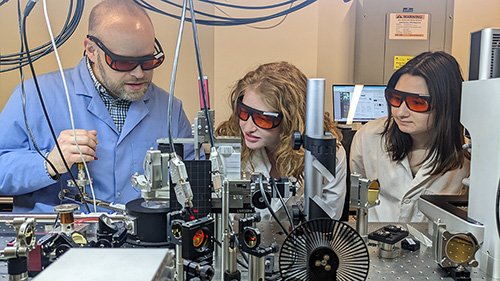
Inside Professor McLeod’s Nano-Imaging Laboratory
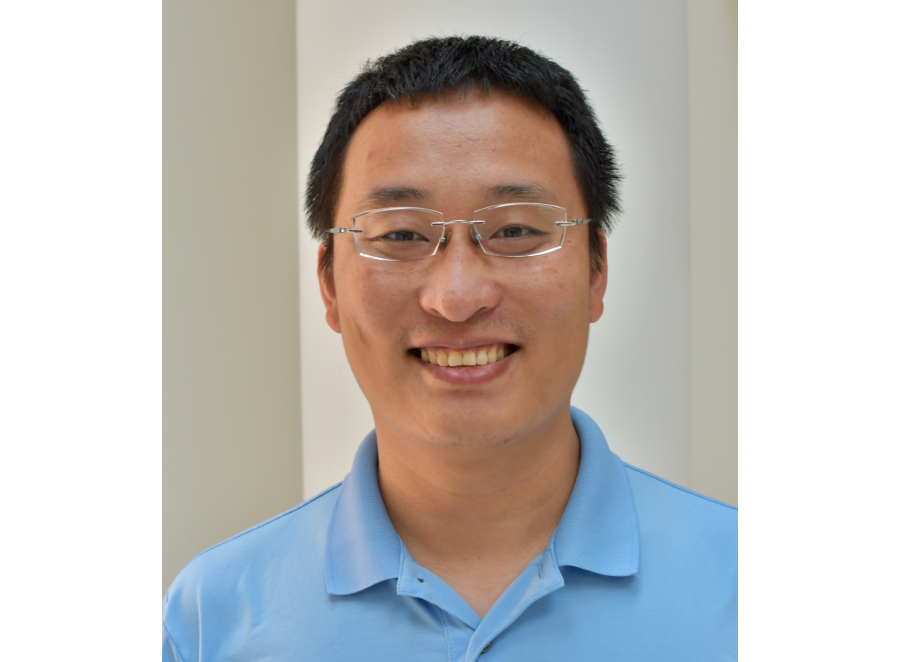
Liu receives prestigious Sloan Research Fellowship for early-career researchers
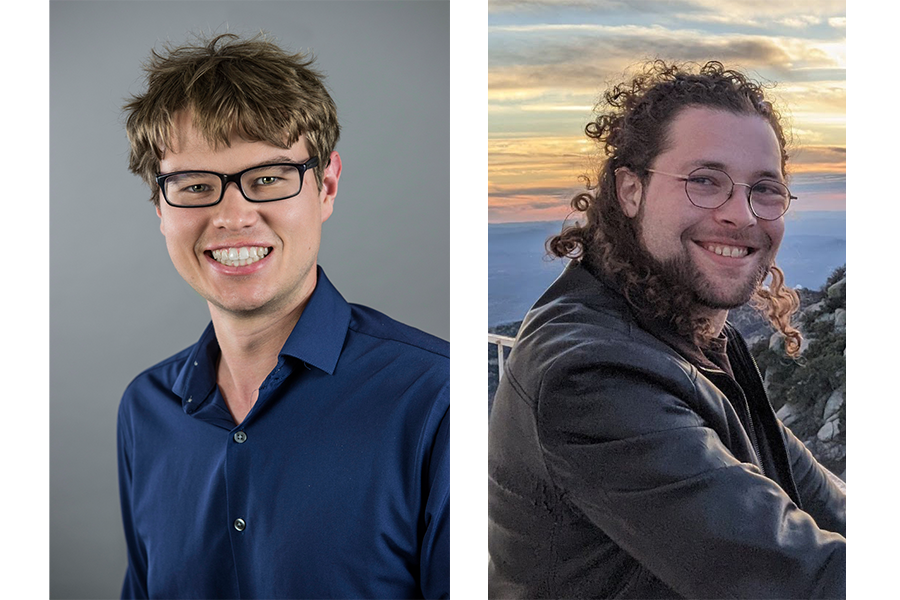
Coughlin and Criswell part of comprehensive UV light survey
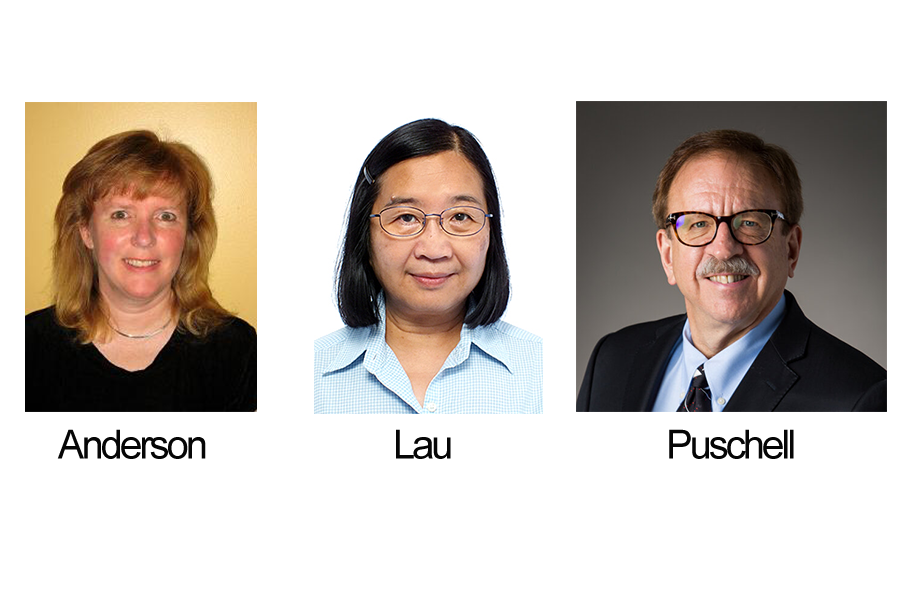
Three School Alumni elected to National Academy of Engineering
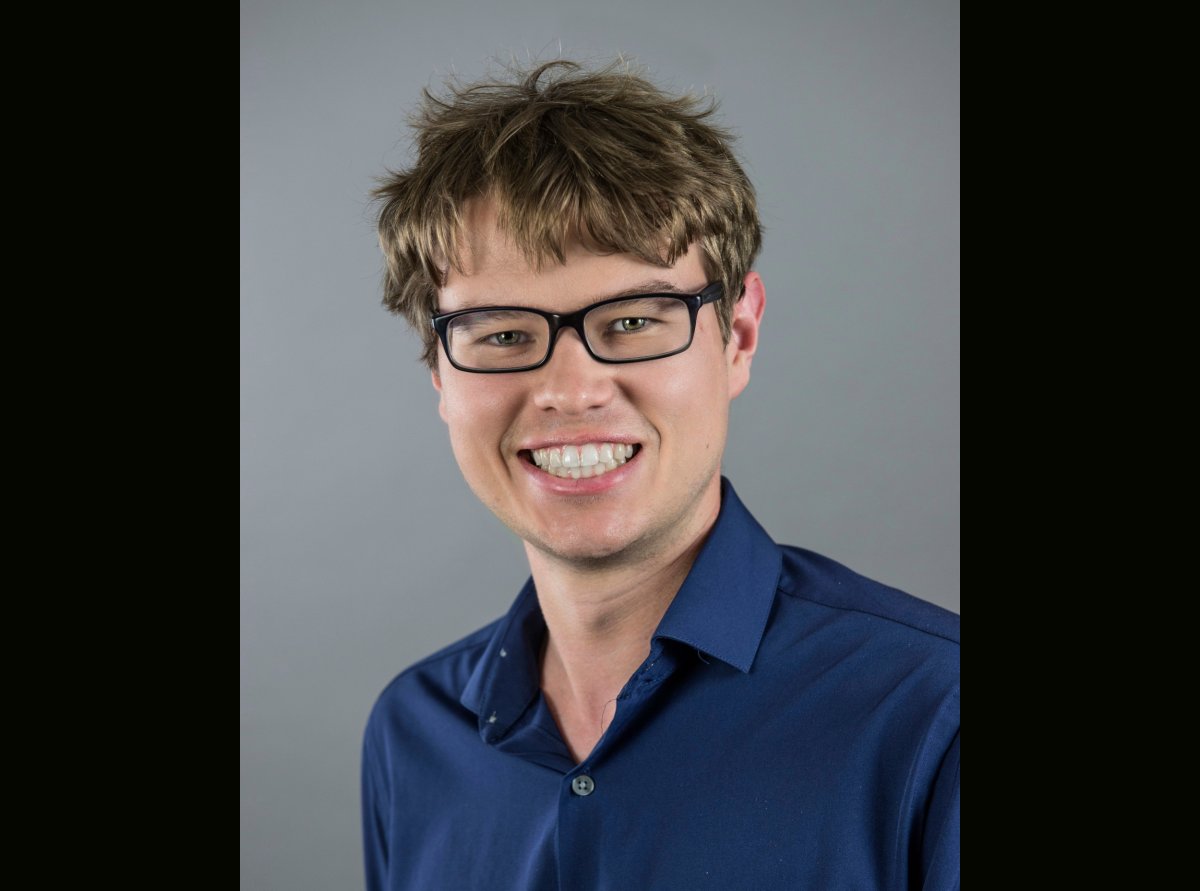
Coughlin receives McKnight Professorship

Humphreys Awarded Medal from Royal Astronomical Society

John Broadhurst, 1935 - 2023
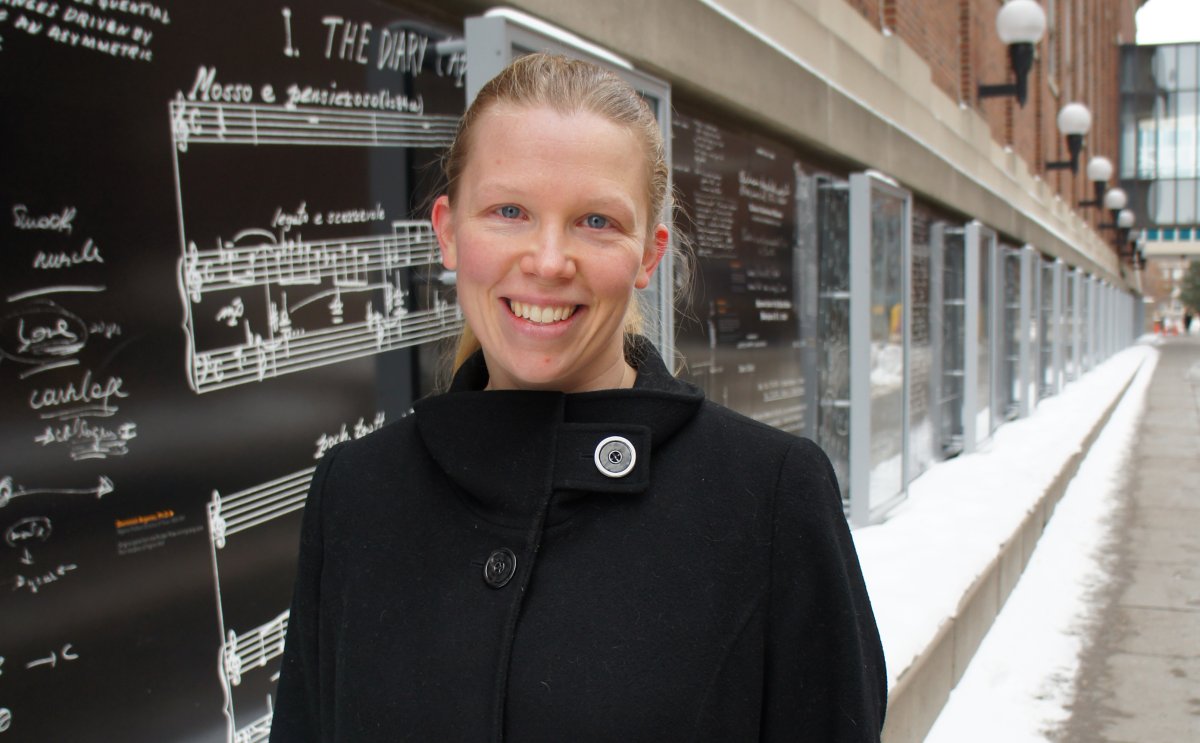
Burnell elected APS Fellow
